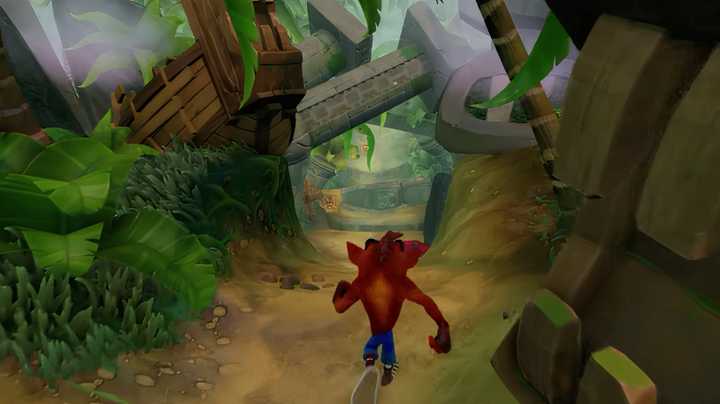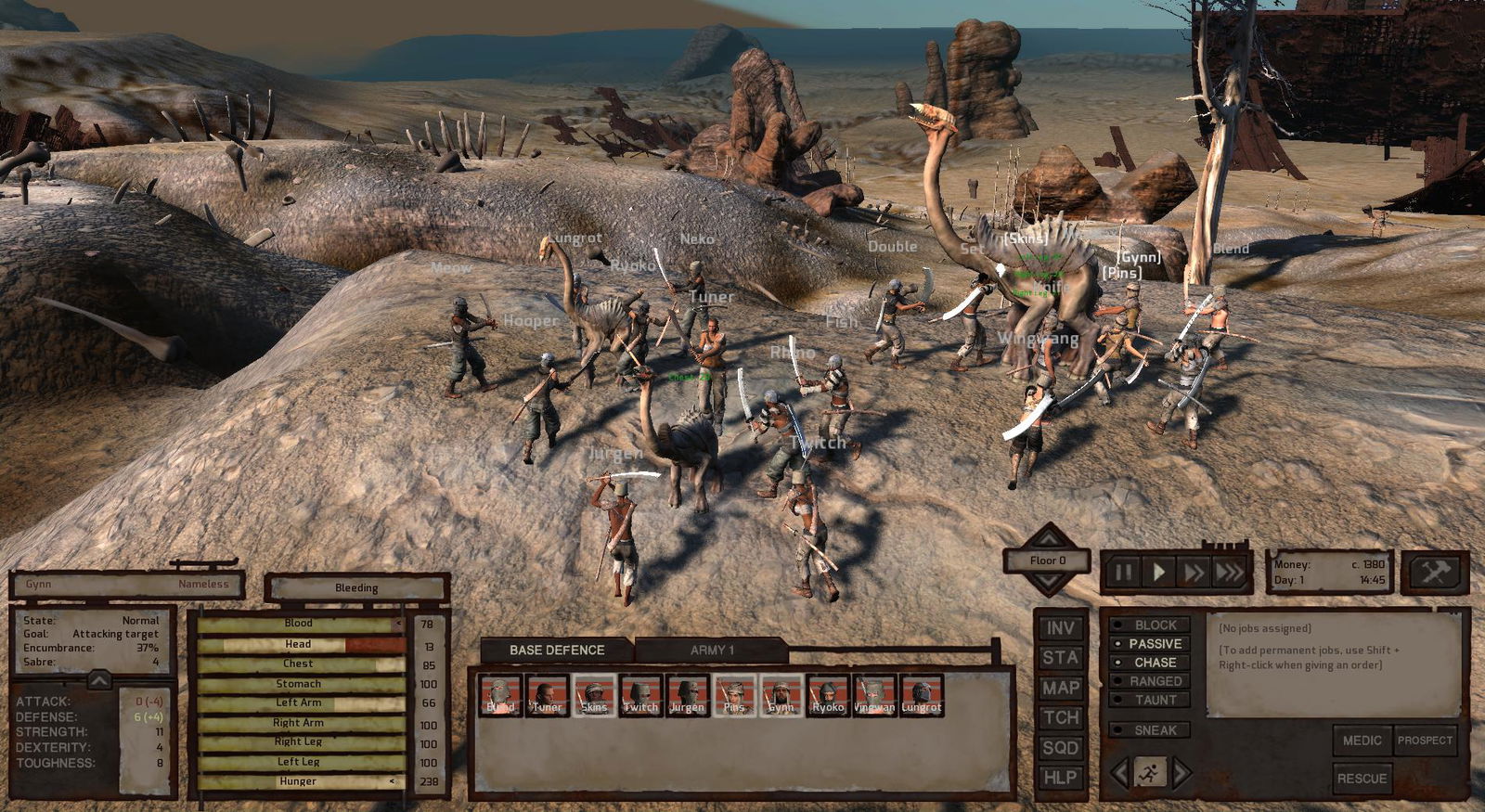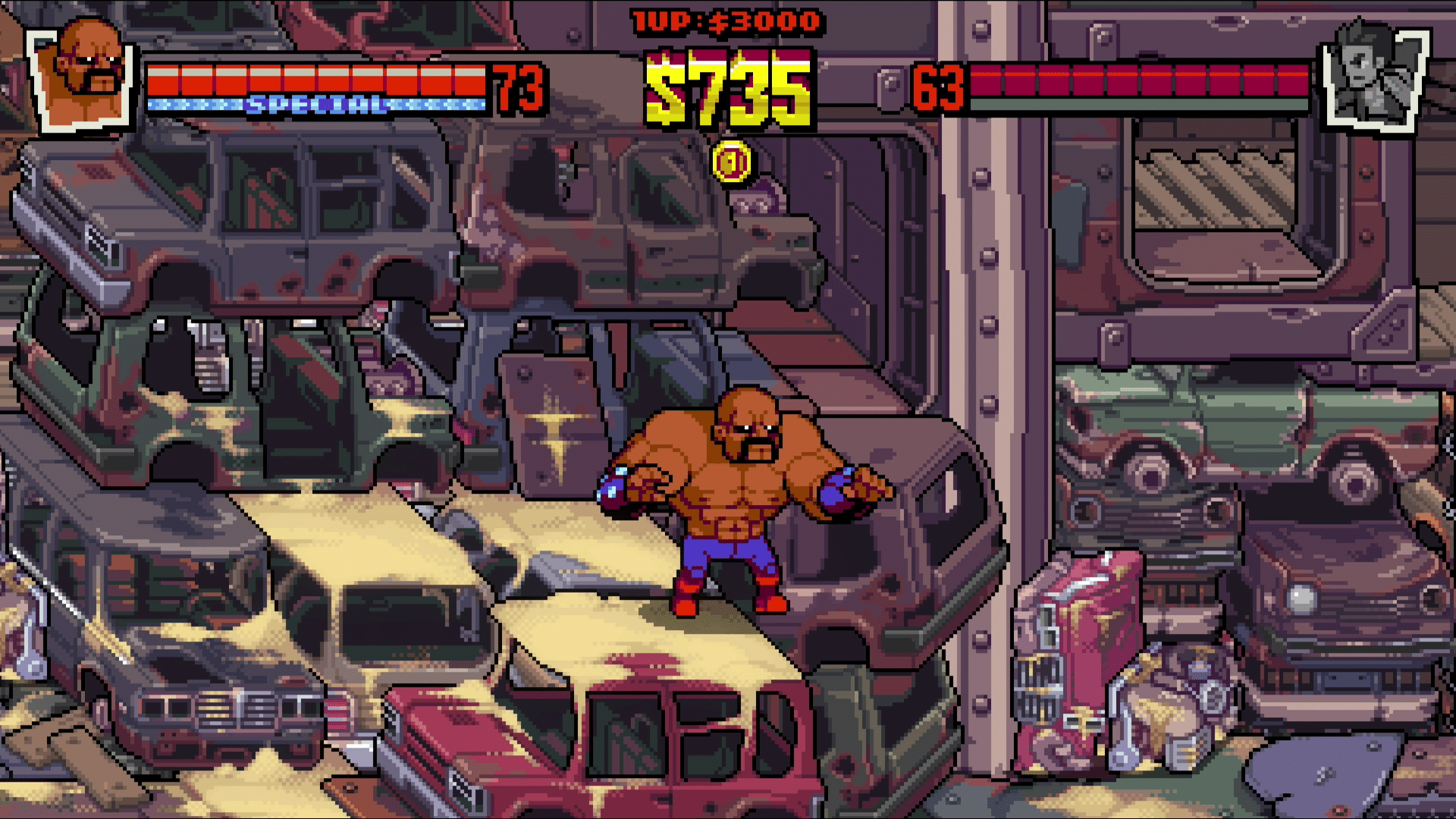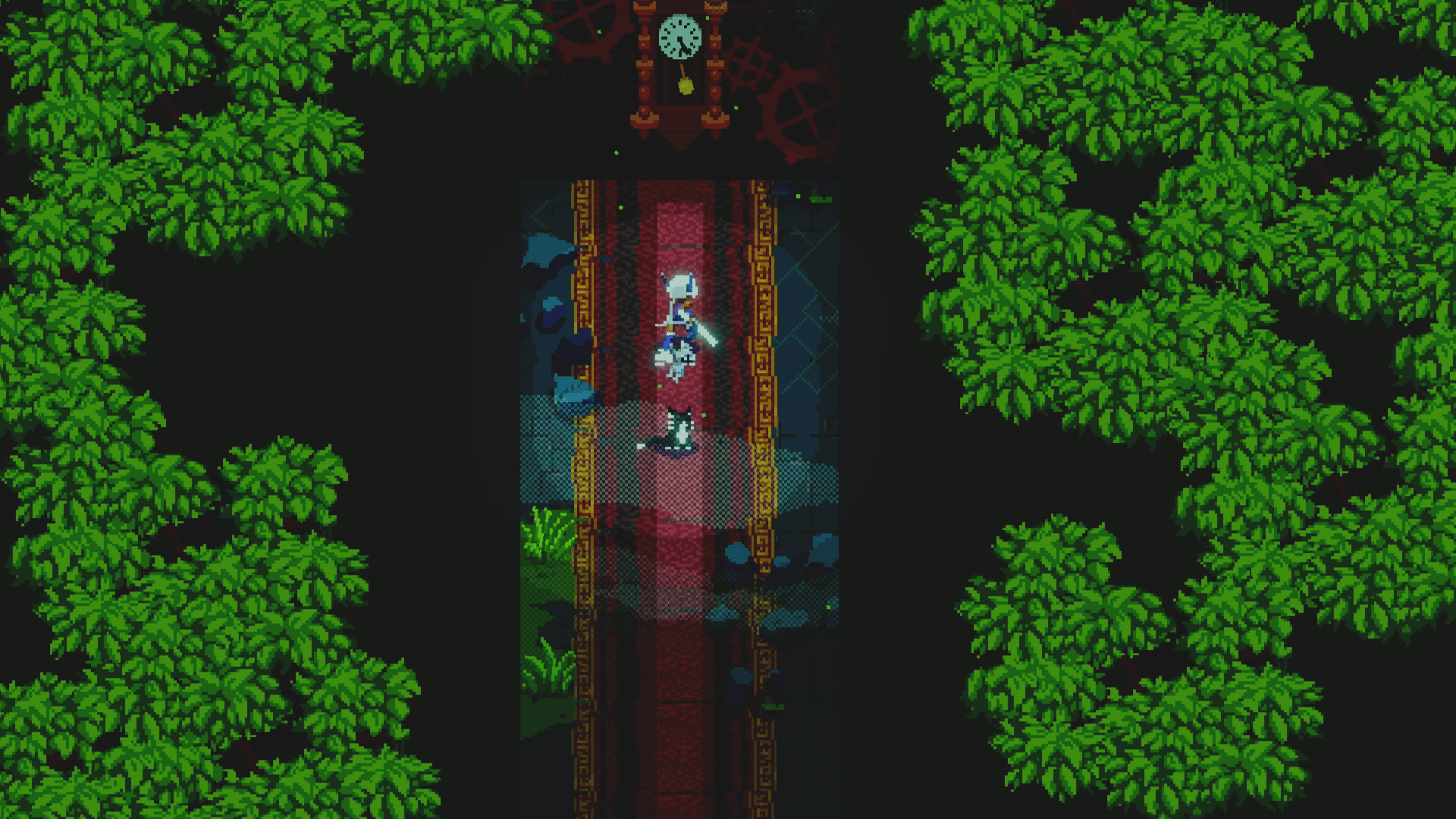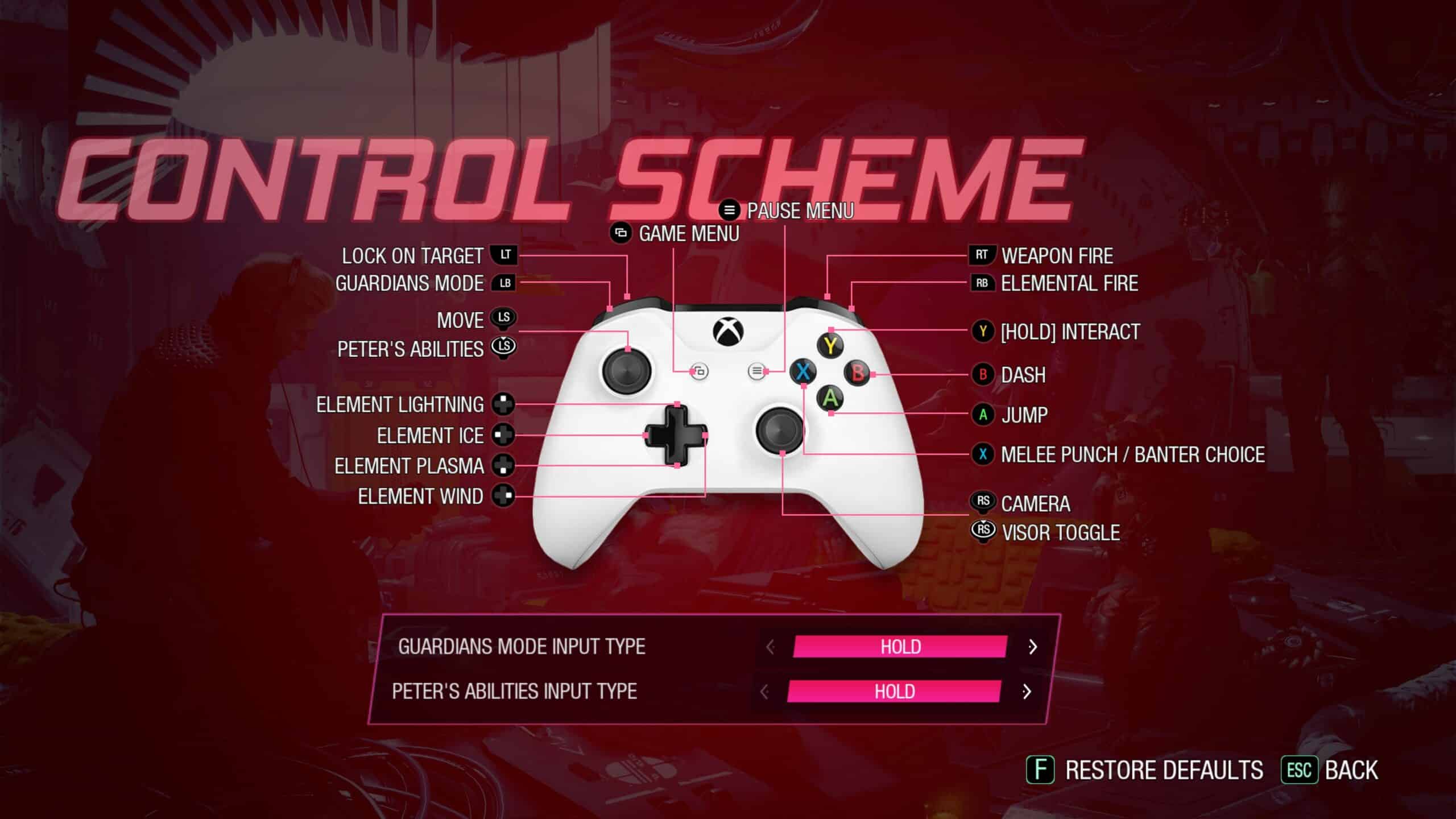Andrew Gavin, the original lead programmer of the Crash Bandicoot games, recently offered a harsh critique of Crash Bandicoot N. Sane Trilogy. He focused on what he sees as a fundamental mistake in its jumping mechanics. Though he praised the visual remaster as “great” and a “faithful” reproduction of the original, Gavin did not hold back when he criticized Vicarious Visions, the developer behind the remaster, for “totally botching” this key game element.
Gavin pointed out the main difference. The original PlayStation versions of Crash Bandicoot featured a subtle variable height jump system that was controlled directly by player input. This was a smart solution for the limited design of the original PlayStation controller. He created a method that measured how long the player pressed the jump button, typically between 30 and 60 milliseconds. He then used this timing along with other game physics, such as gravity, to determine the jump’s path and height.
In contrast, the remastered N. Sane Trilogy, according to Gavin, does not incorporate this advanced design. He noted that every jump in the remaster defaults to the highest height immediately upon pressing the jump button. He described these jumps as “huge and floaty,” which he found disproportionate. Gavin speculated that Vicarious Visions may have lost sight of the original design philosophy, unintentionally overlooking a crucial aspect of the series’ feel.
Although Gavin’s comments came long after the late-night launch of the N. Sane Trilogy and after Vicarious Visions had moved on to other projects in the series, they resonate more because of the recent resurgence of interest in 90s platformers. His remarks highlight how even small programming choices can significantly impact the player experience and the authenticity of a remastered classic.

